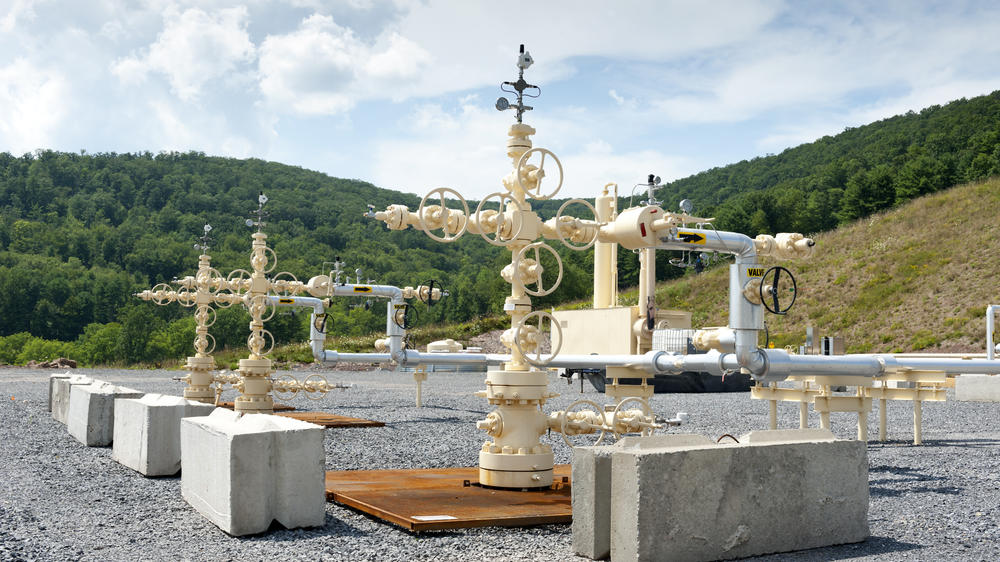Has US Shale Gas Reduced CO2 Emissions?
Since 2007, the production of shale gas in large volumes has substantially reduced the wholesale price of natural gas in the US. This report examines the emissions savings in the US power sector, influenced by shale gas, and the concurrent trends in coal exports that may increase emissions in Europe and Asia.
Electricity generated by the combustion of natural gas is generally considered to have a lower emissions intensity per unit electricity than that generated by burning coal. The relative lifecycle carbon footprint of gas produced by hydraulic fracturing is contested and at present there is a shortage of independent primary data. However, trends in the absolute quantities of CO2 emissions from combustion are less problematic and no less important when considering the implications of the US shale gas boom.
Examining recent changes in emissions from the US power sector and traded fossil fuels
US CO2 emissions from domestic energy have declined by 8.6% since a peak in 2005, the equivalent of 1.4% per year. Not all of this reduction has come in the power sector where shale gas has had most impact, and not all of the fuel switching has been due to the low price of gas. This report quantitatively explores the CO2 emissions consequences of fuel switching in the US power sector using two simple methodologies. The analysis presented is conditional upon its internal assumptions, but provides an indication of the scale of potential impacts.
It suggests that emissions avoided at a national scale due to fuel switching in the power sector may be up to half of the total reduction in US energy system CO2 emissions. The suppression of gas prices through shale gas availability is a plausible causative mechanism for at least part of this reduction in emissions. However, the research presented here has not isolated the proportion of fuel switching due to price effects. Other studies note that between 35% and 50% of the difference between peak and present power sector emissions may be due to shale gas price effects. Renewable and nuclear electricity incentivised by other policies has also accounted for some of the changes in grid emissions. We estimate that their increase in output appears to have been about two thirds of the increase in gas generation.
There has been a substantial increase in coal exports from the US over this time period (2008-2011) and globally, coal consumption has continued to rise. As we discussed in our previous report (Broderick et al. 2011), without a meaningful cap on global carbon emissions, the exploitation of shale gas reserves is likely to increase total emissions. For this not to be the case, consumption of displaced fuels must be reduced globally and remain suppressed indefinitely; in effect displaced coal must stay in the ground. The availability of shale gas does not guarantee this. Likewise, new renewable generating capacity may cause displacement without guaranteeing that coal is not burned, but it does not directly release carbon dioxide emissions through generation.
The calculations presented in this report suggest that more than half of the emissions avoided in the US power sector may have been exported as coal. In total, this export is equivalent to 340 MtCO2 emissions elsewhere in the world, i.e. 52% of the 650 MtCO2 of potential emissions avoided within the US.
A similar conclusion holds for ‘peak to present’ trends. The estimated additional 75 million short tons1 of coal exported from the US in 2011 will release 150 MtCO2 to the atmosphere upon combustion. If added to the US CO2 output from fossil fuel combustion, the reduction from peak emissions in 2005 would be 360 MtCO2, i.e. a 6.0% change over this whole period or less than 1% per annum. This is far short of the rapid decarbonisation required to avoid dangerous climate change associated with a 2°C temperature rise.
"Shale gas well, Pennsylvania USA" by Max Philips is licensed under CC BY 2.0

